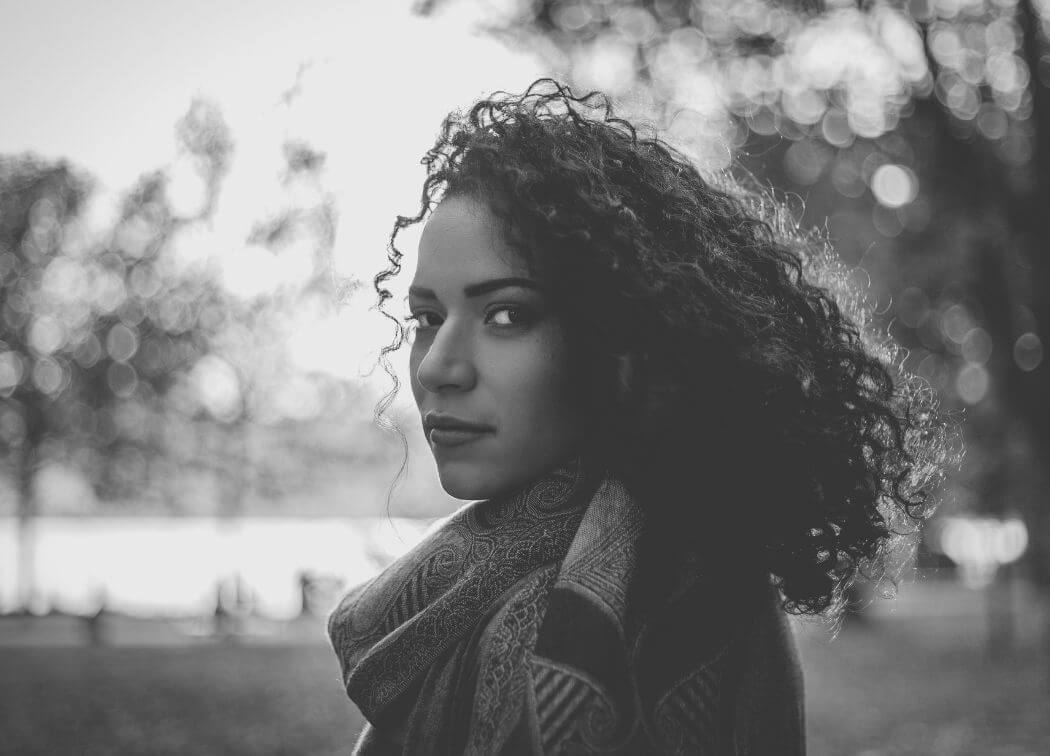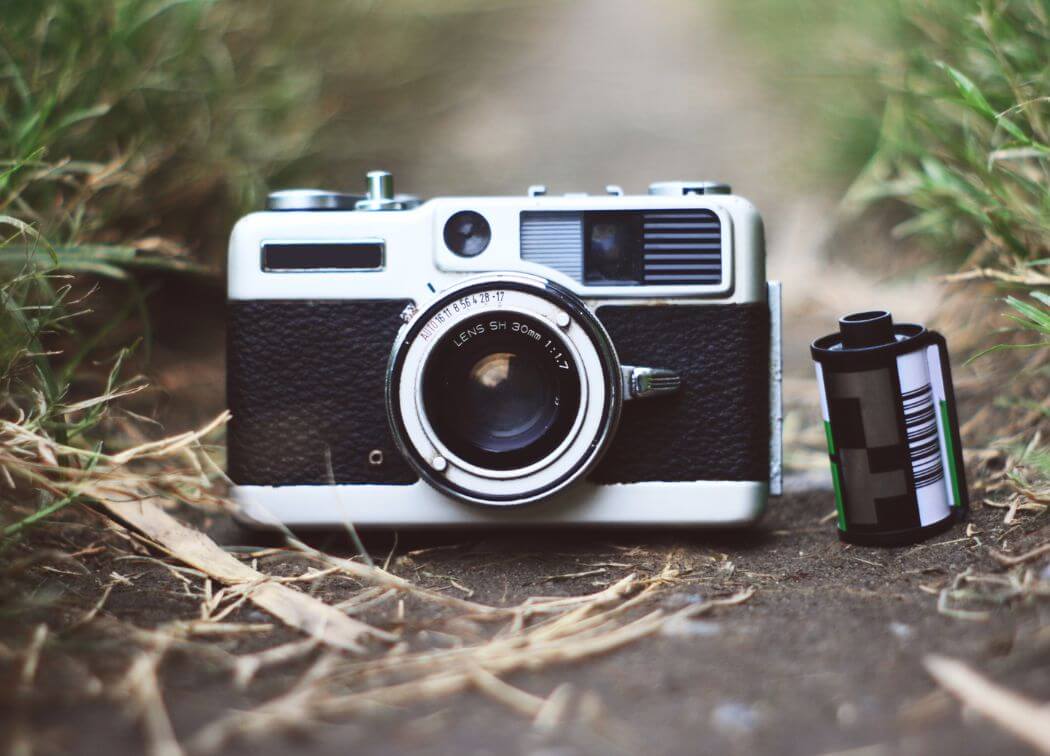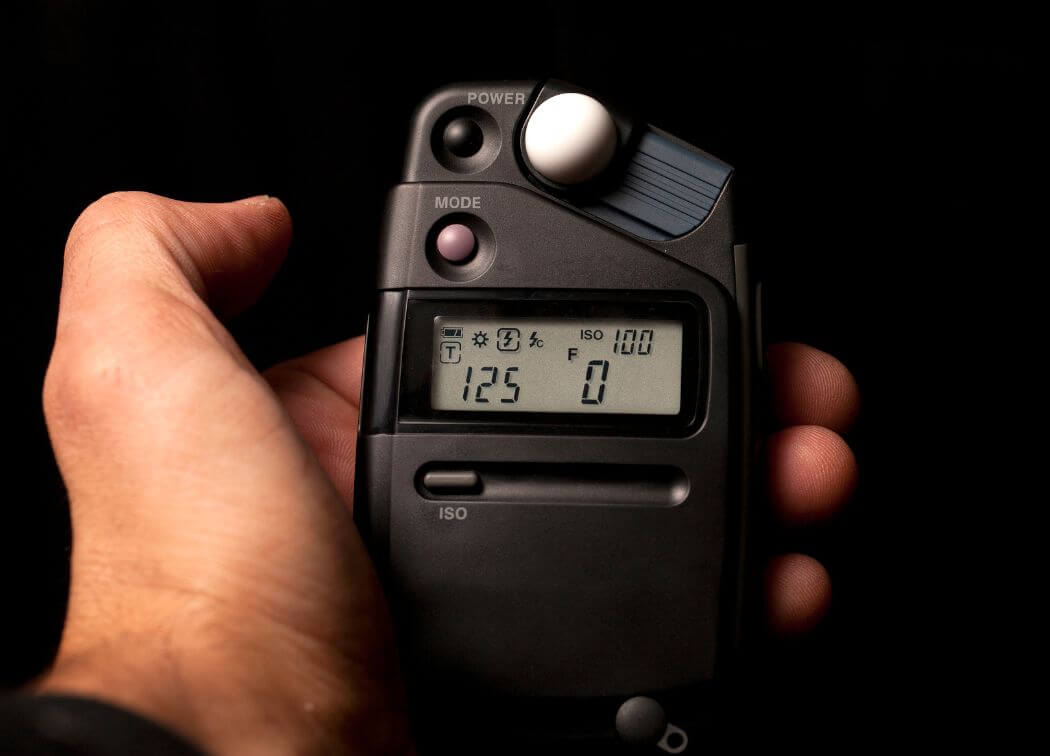Ok, to be honest these aren’t really secrets, more like reminders of things you likely already know.
If there is a secret here its that successful photographers ALWAYS do these things, and without really even thinking about it consciously. I’m still calling this article foolproof secrets for more compelling photos.
Follow the tips and advice below to significantly increase your chances of getting awesome photos that people will admire and appreciate.

Foolproof secrets for more compelling photos
1. Make sure to get a straight horizon or objects
Nothing screams amateur or unprofessional like tilted horizons, trees or buildings. This is an extremely common mistake and is often overlooked.
Unless you are trying for a specific effect, you should always take the time to ensure that your photo is square to the rest of the world. If something is just a little off, you may be able to adjust it during editing if cropping won’t hurt your composition.
2. Don’t get caught with blurry images
If the photo isn’t reasonably sharp its probably not a keeper or something to put on display. Look at your photos while shooting.
If in doubt snap another one. If you are shooting landscapes be sure to look at the foreground and make sure it’s in focus. You may need to set a larger aperture value to increase the depth of field.
If shooting a person, the best spot to focus on is one of the eyes. I usually take several shots of any scene I am shooting just to make sure I am getting it.
3. Use a tripod and shutter release
The very best way to ensure that your camera is steady, is by mounting it on a tripod. I highly recommend using a tripod, partly to reduce camera shake and also to keep your hands free to change settings.
It also allows you some physical freedom to look around, dig in your bag or whatever without losing your composition.
A remote shutter release helps keep your hands off the camera during the actual shutter release. This further eliminates the possibility of camera shake and wobble.
4. Photography is all about the light
If you are shooting outdoors, use the golden hour just after sunrise or just before sunset. If it’s the middle of the day, try to shoot with the sun to your back and just slightly over your shoulder.
Use a lens hood to keep glare off the lens. You may also want to use a circular polarizer to reduce glare, increase contrast and improve saturation. If you are shooting indoors, lighting can be a challenge.
I use a soft diffuser on my flash, and I try to add some fill lighting of possible. You may need to set your white balance to compensate for unnatural light coloring. Beware of windows behind your subject robbing your photos of definition and contrast.
5. Use the correct lens for the job
Wide angle is usually the lens of choice when shooting landscapes. Typically, a 50mm or an 85mm lens when shooting portraits.
The 50mm is closest to the scale the human eye sees when looking at objects. And of course, telephoto when you want to reach out or get close ups of birds or other small subjects.
Telephotos are far more prone to the dreaded camera shake due to the magnification factor, length and weight. Again a tripod is highly recommended if you really want foolproof secrets for more compelling photos.
6. Be mindful of the weather
Weather can be your friend or your enemy if shooting outdoors. Wind can really be a challenge with all plants all moving and wiggling about.
If you are looking to shoot some reflections forget it if its windy. Also, if it’s cold, and you aren’t prepared for that, shooting outdoors can be miserable, and likely you won’t stay out long.
On the other hand, stormy can coastlines, big billowing clouds, rain hitting puddles, snowscapes, there is a lot of opportunity to take interesting photos during “foul” weather if you are prepared to take advantage of it.
7. Don’t forget the magic of exploration and random chance
Heading to a specific location, one where you know there is interesting stuff is a great idea. However, sometimes amazing photos are waiting for you where you didn’t think to look.
Occasionally I will go out, camera gear in hand and sort of head toward areas of interest, looking here and there along the way. I see something interesting, so I pull out the camera and shoot some photos, then move on. And I usually come back with several great shots.
8. Always strike while the iron is hot
If you see something interesting, take some photos. Don’t think, I’ll get that later, or I’ll shoot it on my way back. There’s never going to be another moment like that one right there.
The light, the weather, the sky, the scene, its sitting there waiting for you, and more likely than not things won’t be quite the same when/if you come back. This is especially true with animals, people, cars and other things that are on the move.
9. Don’t be afraid to take chances
In the modern world of digital photography, there is no harm (or cost) in taking lots of photos. You can delete any you don’t like later. Be experimental. Try different settings. Get close to things.
You won’t know unless you try it. Try turning your camera 90 degrees and take a few shots in portrait orientation.
Conclusion
I hope these foolproof secrets for more compelling photos, help you achieve your photography goals whatever they may be. Good luck and good shooting. See you next time.






